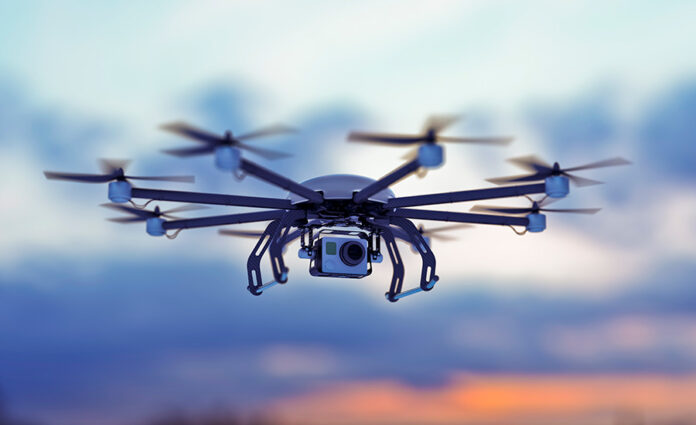Astonishment at how swarms of consumer-grade drones can construct logos, photos, and even QR codes in the sky by flying in choreographed clusters. They’re also a source of strategic concern for national security analysts.
Drone swarms, according to one analyst, are the next generation of weapons of mass destruction. The new horror technology is “slaughter boss.” According to one popular media account, residents in rural areas are being buzzed by “sinister” flocks of “very scary” drones, stoking worries of mass monitoring or worse.
Drones aren’t new in and of themselves, of course. What’s new is that rogue nations, terrorist groups, and other nefarious actors all over the world are looking for weapons that can do less damage while still having the same effect as a WMD. Strategic strategists predicted during the Cold War that WMDs would be desired by states for widespread destruction.
Nonetheless, some regimes have utilized chemical agents (classical WMDs) in peacetime to assassinate individuals in the previous three decades.
Because they’re already receiving the strategic impact they want at lesser degrees of destruction, geopolitical actors have altered their targeted outcomes.
Think to consider this a new category of armament akin to WMD, but more accessible and with similar strategic impact, as chemical agents have been utilized for more targeted assassinations.
For the reasons stated above and others, unscrupulous nations and violent non-state actors may become more interested in WMAs. As a result, strategists must be aware of this tendency to resist its threat.
Consumer drones that have been weaponized, can instill terror in the general public. The term “creepy” was coined in response to drones that hovered but did nothing, as far as anyone could tell. What would the public’s reaction be if this consumer technology was utilized for nefarious purposes? As a result, weaponized commercial drones could play a role in the conflict.
In the same manner, cyber, biological, and chemical weapons affect national and international leaders’ strategic calculations.
To save weight and improve manoeuvrability, most unmanned aircraft are composed of light composite materials. Military drones can travel at exceptionally high altitudes thanks to the composite material’s strength.
UAV drones are outfitted with cutting-edge technology such as infrared cameras, GPS, and lasers (consumer, commercial and military UAV). Remote ground control systems (GSC), often known as a ground cockpit, are used to control drones.
Drone and the control system are the two pieces of an unmanned aerial vehicle system. All of the sensors and navigational systems are located in the nose of the unmanned aerial vehicle. Because there is no room for humans, the rest of the body is filled with drone technological systems.
Follow and connect with us on Facebook, LinkedIn& Twitter

